The Emotional Intelligence of Jesus
The Emotional Intelligence of Jesus
Relational Smarts for Religious Leaders
Roy M. Oswald and Arland Jacobson

An Alban Institute Book
ROWMAN & LITTLEFIELD
Lanham Boulder New York London

Published by Rowman & Littlefield
A wholly owned subsidiary of The Rowman & Littlefield Publishing Group, Inc.
4501 Forbes Boulevard, Suite 200, Lanham, Maryland 20706
www.rowman.com
Unit A, Whitacre Mews, 26-34 Stannary Street, London SE11 4AB
Copyright 2015 by Rowman & Littlefield
All rights reserved. No part of this book may be reproduced in any form or by any electronic or mechanical means, including information storage and retrieval systems, without written permission from the publisher, except by a reviewer who may quote passages in a review.
British Library Cataloguing in Publication Information Available
Library of Congress Cataloging-in-Publication Data
Oswald, Roy M.
The emotional intelligence of Jesus : relational smarts for religious leaders / Roy M. Oswald and Arland Jacobson.
pages cm
An Alban Institute book.
ISBN 978-1-56699-779-9 (cloth : alk. paper) ISBN 978-1-56699-780-5 (pbk. : alk. paper) ISBN 978-1-56699-781-2 (electronic) 1. ChristianityPsychology. 2. Emotional intelligence. 3. Jesus Christ. 4. Interpersonal relationsReligious aspectsChristianity. I. Title.
BR110.O77 2015
253'.2dc23 2014036006
 The paper used in this publication meets the minimum requirements of American National Standard for Information SciencesPermanence of Paper for Printed Library Materials, ANSI/NISO Z39.48-1992.
The paper used in this publication meets the minimum requirements of American National Standard for Information SciencesPermanence of Paper for Printed Library Materials, ANSI/NISO Z39.48-1992.
Printed in the United States of America
Foreword
The Emotional Intelligence of Jesus
W ho is Jesus, and how do we account for his extraordinary power to shape the lives of individuals and of society?
The question has haunted all of usthose who call themselves Christians as well as almost anyone who tries to understand the energies that shape our world.
We ponder and reflect on it, and many of us pray about it, but somehow we never seem fully to solve the riddle. He remains a figure of intriguing mystery as well of deep piety and, for me and many others, a figure who energizes, attracts, and empowers.
Almost every generation produces great minds who struggle to grasp the dilemma of his powerlessness at his end, as well as the continuing power of his influence.
From the time of the Enlightenment, many of those struggling to understand Jesus have used new tools of historical and literary criticism to unpack the written record left by Jesus associatesin the gospels and epistles, as well as the historical records of the age. The books about him have had no end. And every book has had its devotees and its critics.
Theories abounded and multiplied, each with critics and supporters, perhaps culminating in efforts like those of Albert Schwietzers monumental The Quest of the Historical Jesus .
Late in the nineteenth century, as the world and societies changed, the tools of understanding also changed. Even as some of the traditional methods of studyhistorical and literary criticismmatured and deepened, brand-new methods joined the fray.
Psychology burst on the scene with thinkers like William James and Sigmund Freud. They and their associates were attracted to the deep questions about how this person and religion itself had the impact that they had on millions of ordinary people.
Throughout the twentieth century, these questions, which seemed to reach the deepest, caused the most perplexity and generated the most antagonism as well as the most hope. Successive generations have produced other waves of thought attempting to understand this man and his impact.
At the same time, the practical work of leading communities spun off in dozens of traditions (denominations, churches, etc.) and brought about the emergence of teachers, managers, and executives tasked to lead and teach the generations who were called to follow this strange Jew who had died tragically in Palestine. It was those teachers and leaders who struggled the hardest to work on these questions, to make sense of this mysterious man.
In my own time, my training as pastor in the Anglican tradition was heavily influenced by educational processes indebted to psychological learning and filtered through a process we called clinical pastoral education (CPE). By that time, the groups seeking clarity about Jesus in religious worlds were also impacted by the fringe disciplines of management science and social science, as well as the messy deposit of arguments left over from the various processes of the nineteenth century.
The simple questions about Jesus had morphed into newer questionsbecause our world had newer questions to askabout what a leader was, and even what community was (since all churches were also communities of some sort).
New waves assaulted our understandingBion, Winnicott, and Reed gave newer interpretations of the psychological world. We wondered about the category of attachment theory and what it had to do with everything. Wittgenstein and Polanyi provided differing slants on what we could understand about meaning and words. We found that our world was enduring a civil war between the idea of information and the idea of wisdom, and technology confused us about it all. And, to tell the truth, technology inundated us with floods of material we rarely could digest.
Burgeoning on top of this wealth of new knowledge, our extraordinary community of science woke up to the realization that we, who wanted so badly to understand, were partly confused because we had no clear sense of how we think or how we understand. Voil! Brain science ! Across the world scientists turned their attention to trying to figure out what mind was and what the brain really did.
Whole new arenas, whole new ways of thinking, whole new disciplines of study began, and are still beginning, to emerge.
Many nineteenth- and early twentieth-century efforts to understand the psychology of individuals and the dynamics of groups filtered into the leadership of local religious communities through clinical pastoral education. CPE-educated pastors, executives, and pastoral theology professors brought ideas into the groups and people who made up religious congregations across the country. Of course, some groups found themselves allergic to these ways of thinking and opted out of this form of knowledgeleading to an unfortunate gap in the ability of some religious groups to use potentially helpful resources.
I came to call groups like CPE linking organizationsa useful, but not widely used, strategy for spreading useful information. The linking locates the organization as one with two focione on an important area in which specialists are doing in-depth research, and the other on grassroots groups and individuals who need to know what the researchers have found. (The concept comes from work done in the federal government, where they decided to develop the role of the research utilization specialist as one who takes the basic research knowledge and translates it into hands-on activity that ordinary people can grasp and do. In my own experience, the best example of this is the county agents across the country whose task is to know what is happening in agricultural research in universities, and to take what fits their county and turns it into stuff their farmers can work with. Not many farmers, in my day, were able to keep up with what the pests or pesticides the universities were testingbut the county agent was somebody they knew and who knew them. He knew which farmer needed what and what language he needed to use to teach him. [Personal plea: With all the new knowledge abounding today, why dont the churches get, or hire, or recruit, or just convince some of our brilliant lay scientists to be a research utilization specialist for their pastor or executive? I mean, what does a college chaplain actually do these days?])


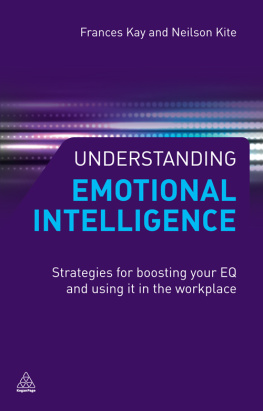
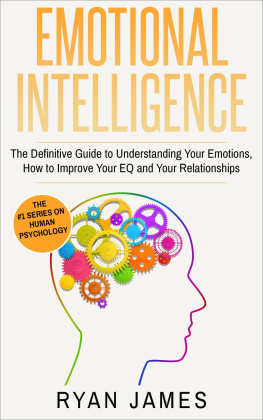
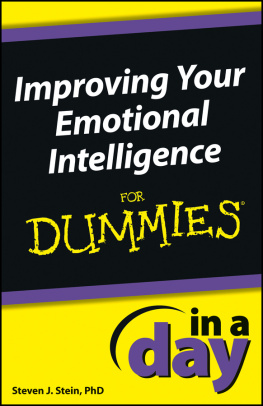
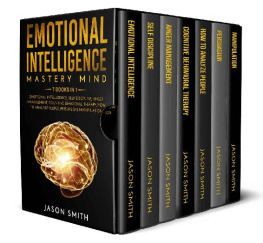
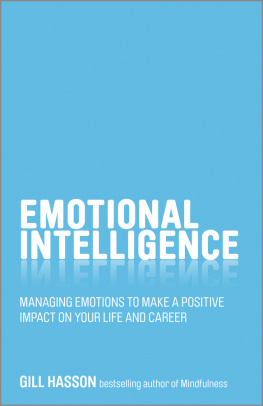
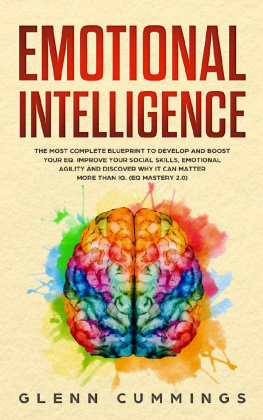
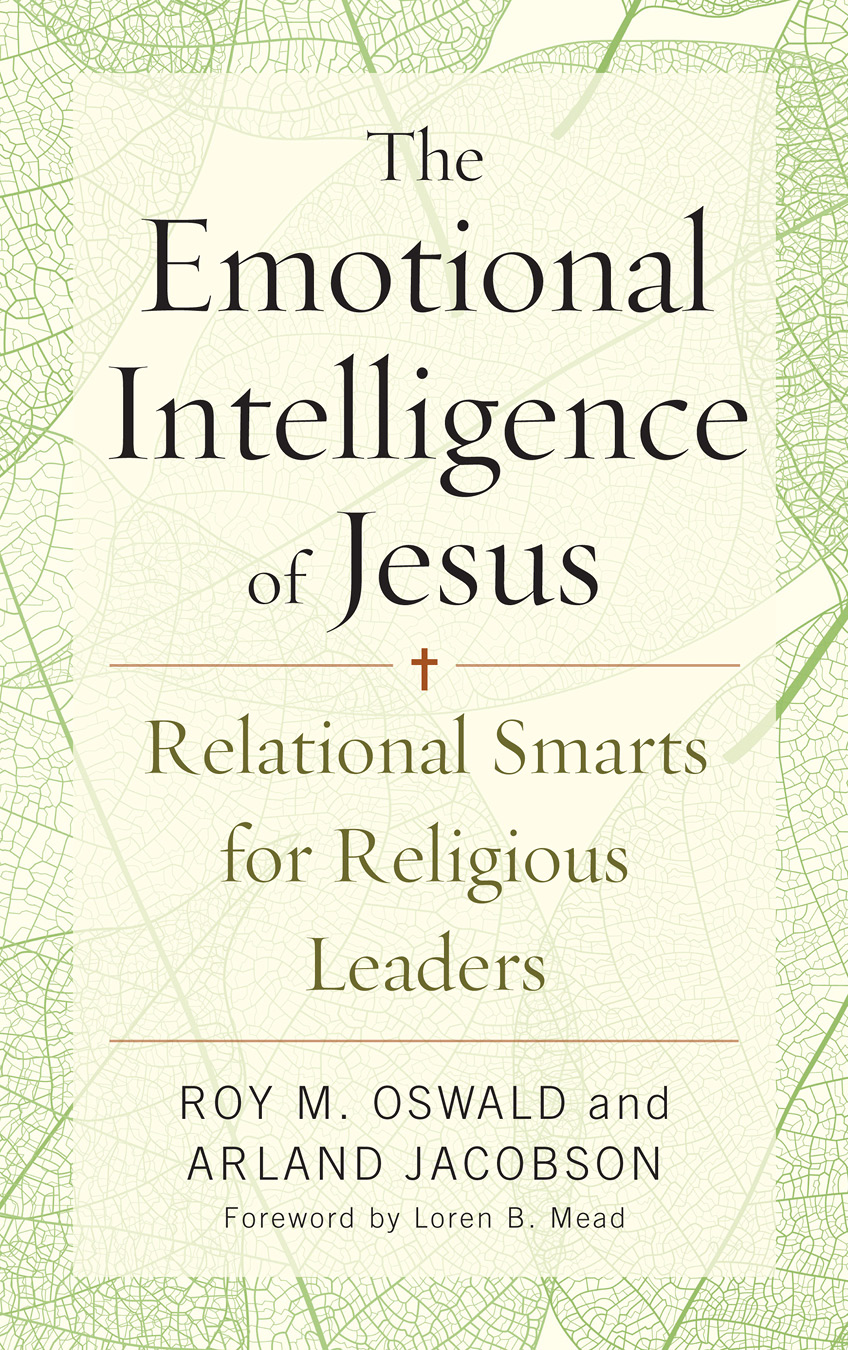


 The paper used in this publication meets the minimum requirements of American National Standard for Information SciencesPermanence of Paper for Printed Library Materials, ANSI/NISO Z39.48-1992.
The paper used in this publication meets the minimum requirements of American National Standard for Information SciencesPermanence of Paper for Printed Library Materials, ANSI/NISO Z39.48-1992.